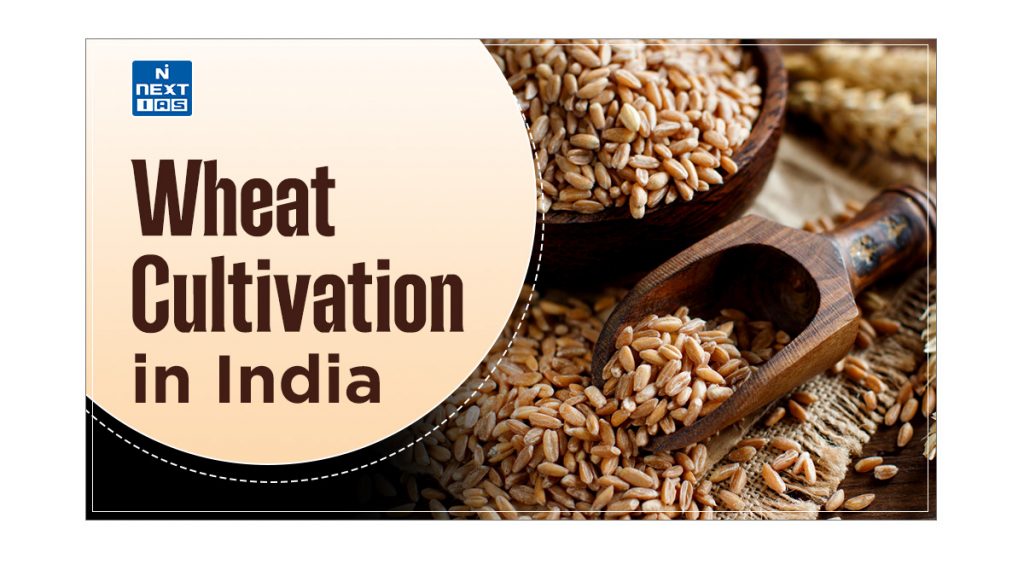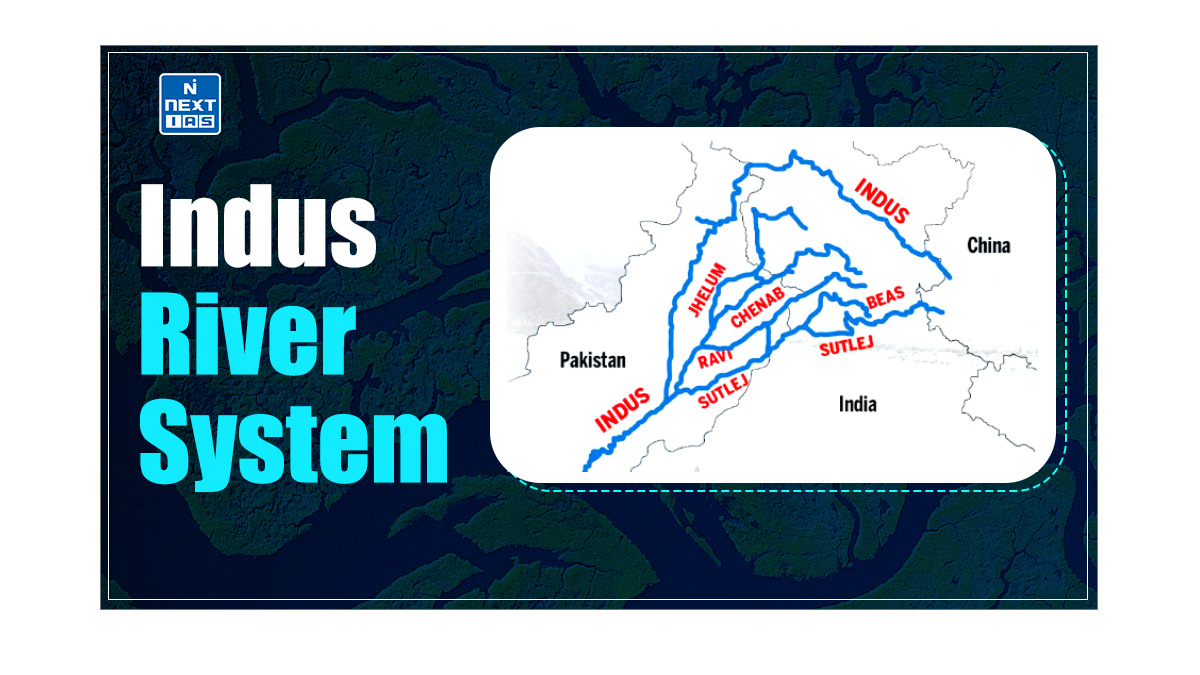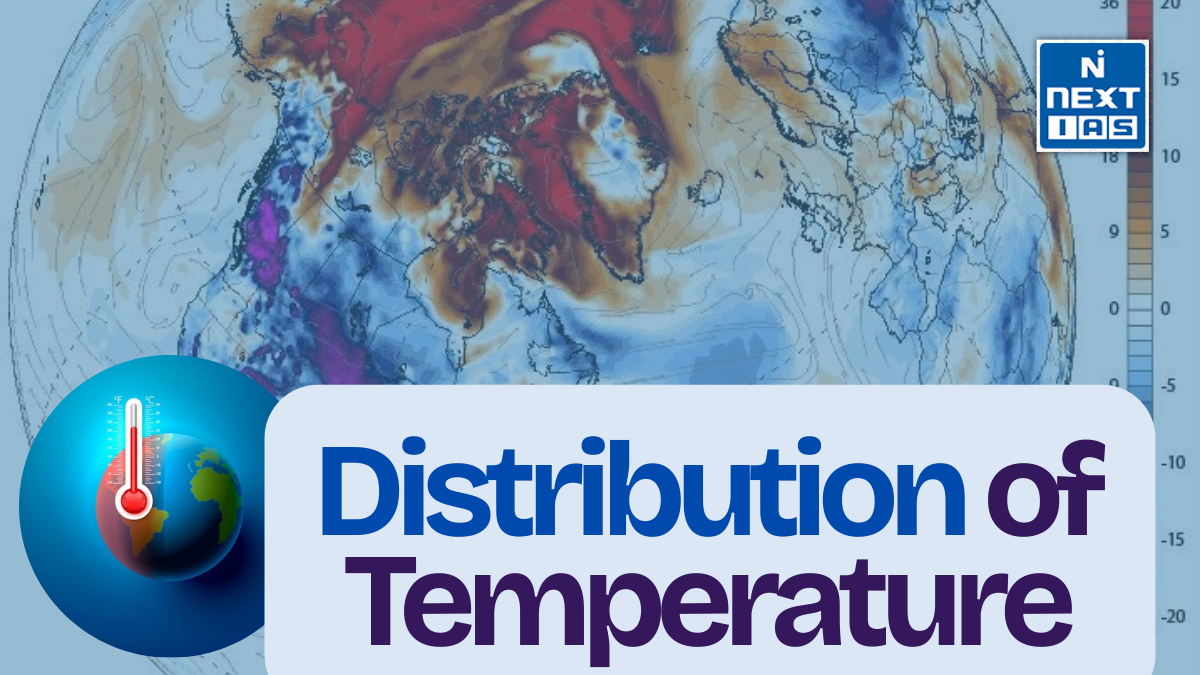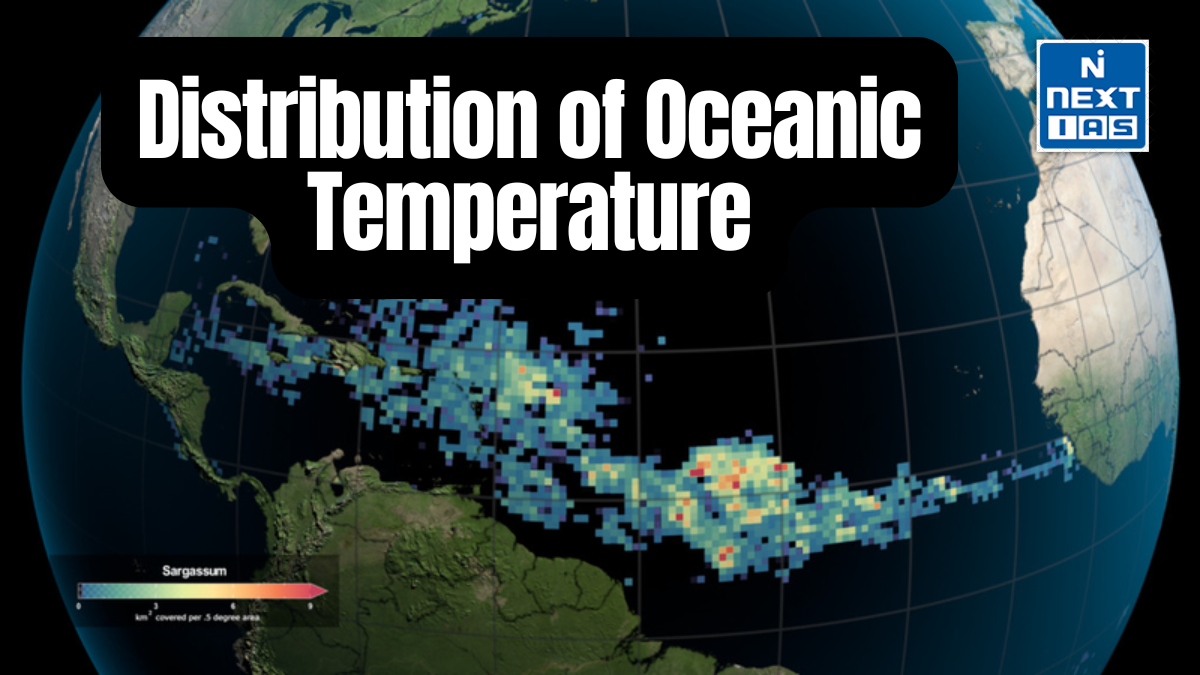
Wheat, the second most crucial staple food for the Indian population, is vital to the country’s food security and agricultural economy. With its rich nutrient profile, wheat cultivation is predominantly in the northern and northwestern regions of India. This article aims to study in detail the cultivation, climatic requirements, and soil conditions of wheat and other related aspects.
About Wheat
- Wheat is the second most important staple food for the Indian population.
- It is a rich source of:
- Calcium,
- Thiamine,
- Riboflavin, and
- Iron.
- It is preferred as a staple food in northern and northwestern parts of the country.
Climatic Conditions for Cultivation of Wheat
- Wheat is a temperate crop that requires a cool climate with moderate rainfall. It shows excellent adaptability & can be grown in the tropics as well (yields are low in the tropics).
- It is a Rabi crop (winter crop – requires a cool and less moist climate).
- Wheat requires 75 cm of temporally (time) well-distributed rainfall for its cultivation.
- The 100 cm rainfall limit is the highest limit for rice, as 100 cm isohyets separate wheat-growing areas from rice-growing areas.
- In the Kharif season, rice replaces wheat in the ‘winter wheat belt’ region – Punjab, Haryana etc. Drizzles and cloudiness (E.g., Weather brought by Western Disturbances) at the time of ripening help increase the yield. During the flowering period, a frost or hail storm harms the wheat.
| Region | Sowing Months | Harvesting Months |
|---|---|---|
| Karnataka, Maharashtra, Andhra Pradesh, Madhya Pradesh and West Bengal (central and southern peninsular agro-climatic region). | September-October | January-February |
| Bihar, Uttar Pradesh, Punjab, Haryana and Rajasthan (northeastern plains and northwestern plains agro-climatic region). | October-November | February-march |
| Himachal Pradesh and Jammu and Kashmir. | November-December | April-May |
Soil Condition for Growth of Wheat
- Well-drained, fertile, friable barns (mostly alluvial) and clay loams (a good proportion of sand) are best for wheat cultivation.
- It also grows well in the black soil of the Deccan plateau.
- Thus, wheat cultivation is more flexible than rice cultivation as the limiting factors are low.
- Wheat cultivation depends on the level of mechanisation, compared to rice. However, wheat requires less labour work.
Production of Wheat in India
- India is the second-largest wheat producer in the world after China. Wheat cultivation accounts for 13 per cent of the country’s cropped area.
- The highest production of wheat in India comes from the states of Uttar Pradesh, Punjab, and Haryana, with Uttar Pradesh leading as the top producer due to its fertile alluvial soil and extensive irrigation network.
- India has done better in wheat cultivation by achieving yields closer to the global average.
- It has recorded an average yield of 3.37 tonnes per hectare.
- However, it is still far from countries like France (6.84 tonne), Germany (6.67 tonne) and China (5.42 tonne). Production of wheat can be increased by the following measures:
- Area-specific technology has to be used, e.g., micro-irrigation in dry areas of the Deccan Region.
- Improved supply of better seeds.
- Better supply of fertilisers.
- Control of weeds, pests and diseases.
Distribution of Wheat in India
- Wheat production is mainly confined to the northwestern parts of the country. Punjab, Haryana, and the western parts of U.P. have earned the distinction of being called the ‘Granary of India’.
- Other important wheat-producing states are Bihar, Gujarat, West Bengal, Maharashtra, Uttarakhand and Himachal Pradesh.
| State | Rank | Positive factor | Negative factor |
| Uttar Pradesh | 1st | The fine alluvial soil deposited by river Ganga and its tributaries.Close network of canal, supplemented by a large number of tube wells.The doab is the best wheat-producing area, e.g., Ganga-Yamuna doab. | Wheat production to the east of Varanasi declined due to high rainfall. |
| Madhya Pradesh | 2nd | The climate is well suited for wheat cultivation in winter. | Less fertile soil, less developed irrigation facilities, Low yield. |
| Punjab | 3rd | Green Revolution was utilised to the fullest.Excellent irrigation system provided by a close network of canal and tube wells. Light rainfall is associated with western disturbance in winter.Fertile alluvial soil brought by the rivers.Punjab farmers are progressive and willing to adopt new technology. | Land degradation and groundwater depletion. |
| Haryana | 4th | Same as in Punjab | Same as in Punjab. |
| Rajasthan | 5th | Indira Gandhi Canal has made wheat cultivation possible in many parts of Rajasthan. | Vast stretches of sandy desert, scarcity of rainfall, paucity of irrigation facilities, and land degradation. |
Global Leaders in Production of Wheat
- China – The largest wheat producer globally, with significant production in the North China Plain and Yangtze River basin.
- United States – Major wheat producer, particularly in states like Kansas, North Dakota, and Washington, known for its high-quality wheat varieties.
- Russia – One of the top wheat producers, with extensive cultivation in the southern and central regions of the country, including the Volga region and Siberia.
Importance of Wheat
The importance of wheat cultivation in India is:
- Staple Food – Wheat is the second most important staple food in India, providing a significant portion of daily caloric intake, especially in northern and northwestern regions.
- Nutrient-Rich – Wheat is a valuable source of essential nutrients, including calcium, thiamine, riboflavin, and iron, contributing to overall health and nutrition.
- Economic Contribution – Wheat farming is a critical part of India’s agricultural economy, providing livelihoods for millions of farmers and contributing to the country’s GDP.
- Food Security – Wheat plays a crucial role in ensuring food security in India, helping to feed the country’s large population and preventing hunger and malnutrition.
- Versatile Crop – Wheat is highly adaptable, growing well in various climatic conditions and soil types, making it a reliable crop across diverse regions.
- Export Potential – India is a significant wheat producer, with the potential to export surplus wheat, contributing to the country’s foreign exchange earnings.
Conclusion
India stands as a significant player in global wheat production, ranking second only to China. The country’s diverse climatic and soil conditions across regions like Punjab, Haryana, and Uttar Pradesh have facilitated substantial wheat yields. However, challenges such as soil degradation and limited irrigation in some areas must be addressed to enhance productivity further. By adopting area-specific technologies, improving seed supply, and managing resources effectively, India can strengthen its position as a leading wheat producer and ensure a stable supply for its growing population.
Frequently Asked Questions (FAQs)
What are the climatic conditions required for the cultivation of wheat?
Wheat requires a cool climate with moderate rainfall, typically thriving in temperatures between 10°C to 25°C. It is best suited for regions with well-distributed rainfall of about 75 cm during the growing season.
Which is best wheat In India?
The best wheat variety in India is generally considered to be Sharbati wheat, particularly from the Madhya Pradesh region.
What are the 6 types of wheat?
The six main types of wheat are:
1. Hard Red Winter Wheat
2. Hard Red Spring Wheat
3. Soft Red Winter Wheat
4. Durum Wheat
5. Hard White Wheat
6. Soft White Wheat
What is India’s rank in the global production of wheat?
India ranks second in the world for wheat production, following China.






